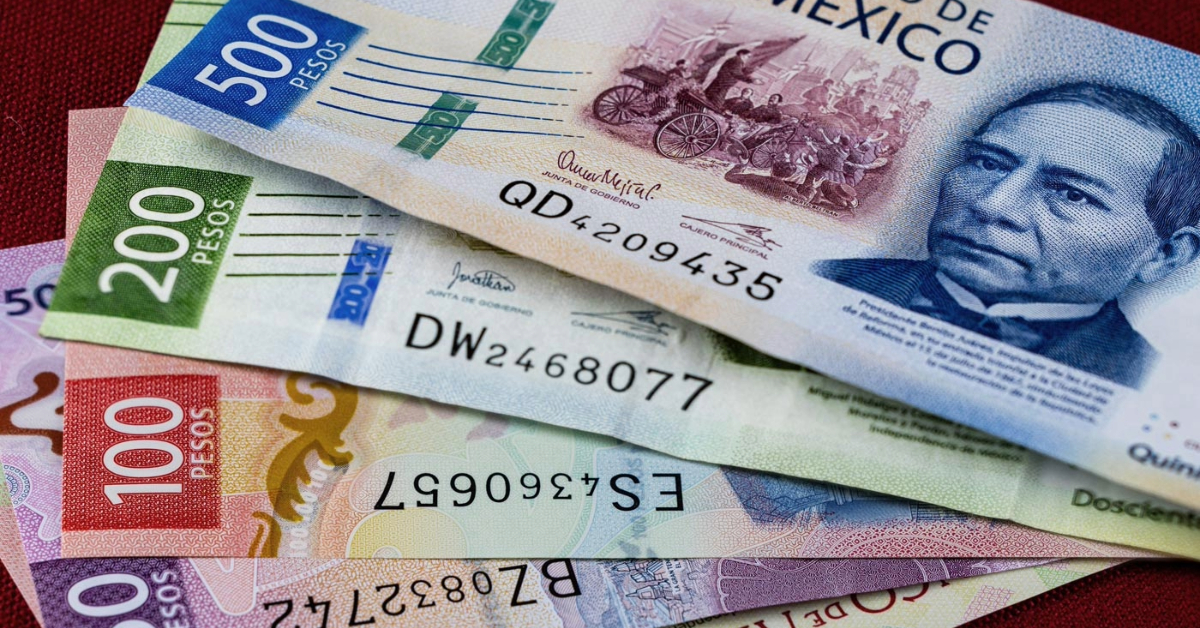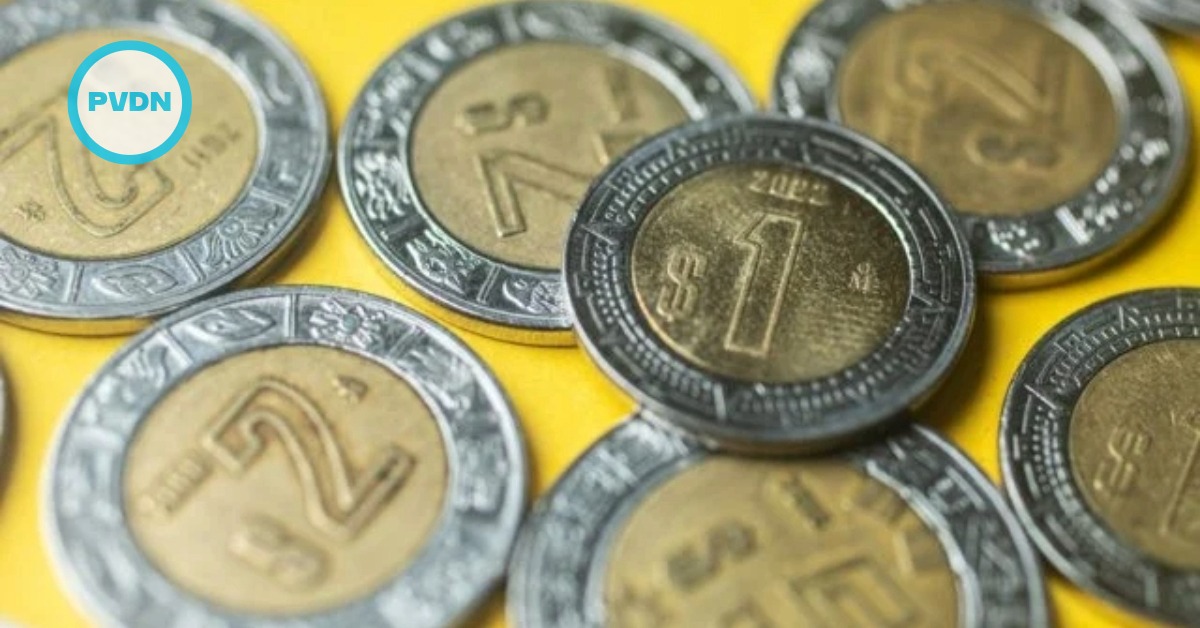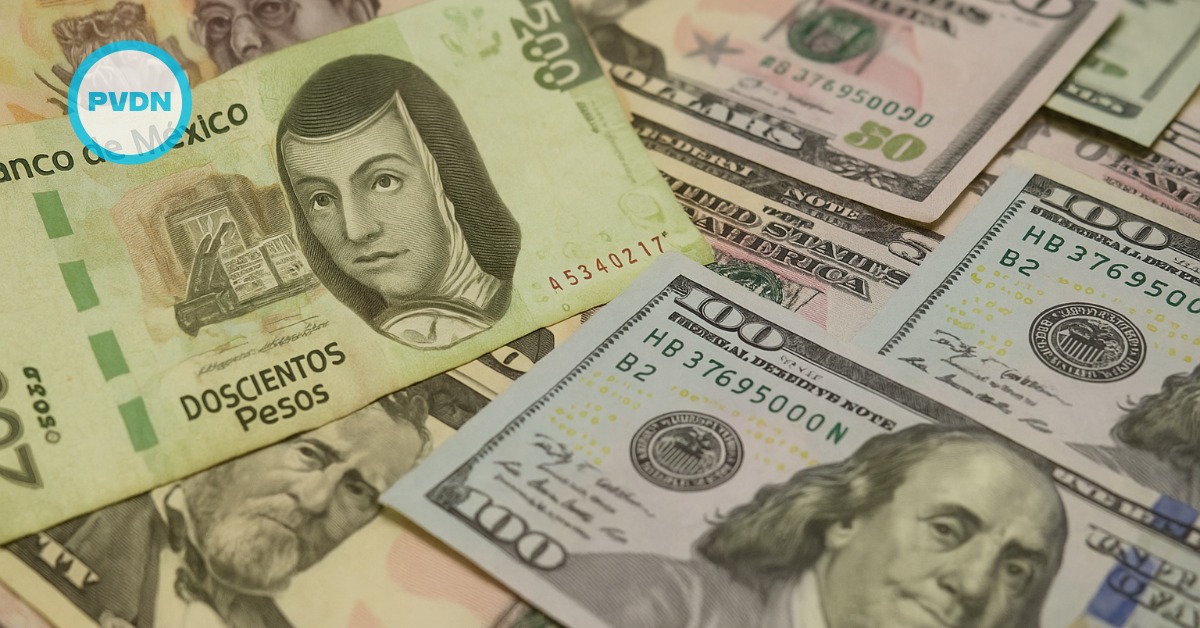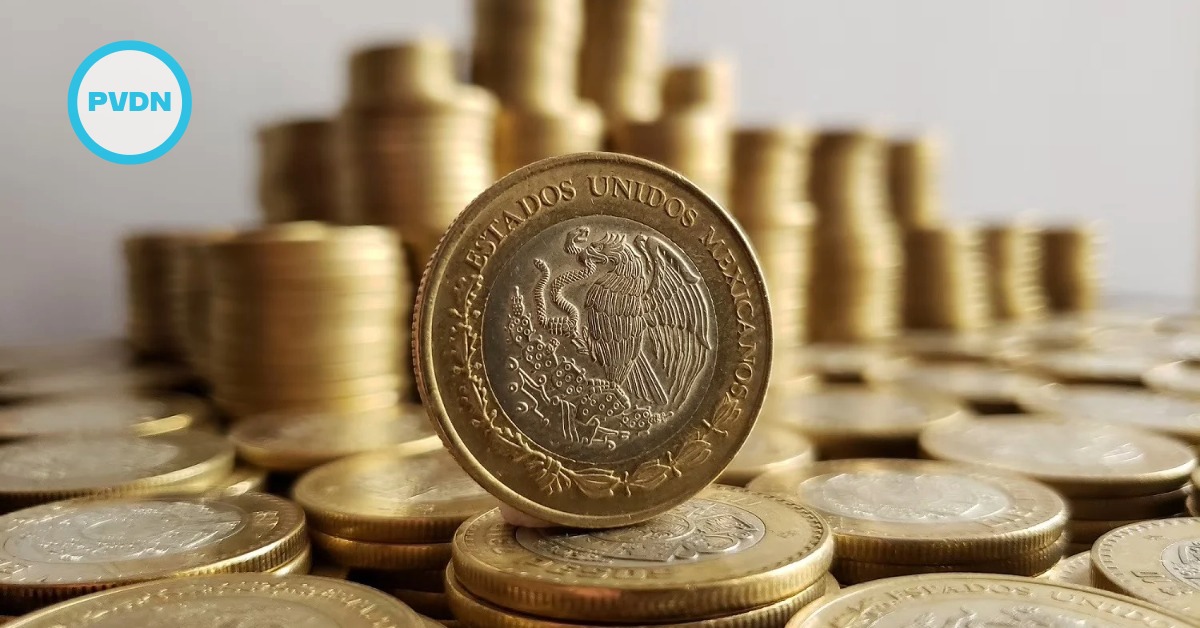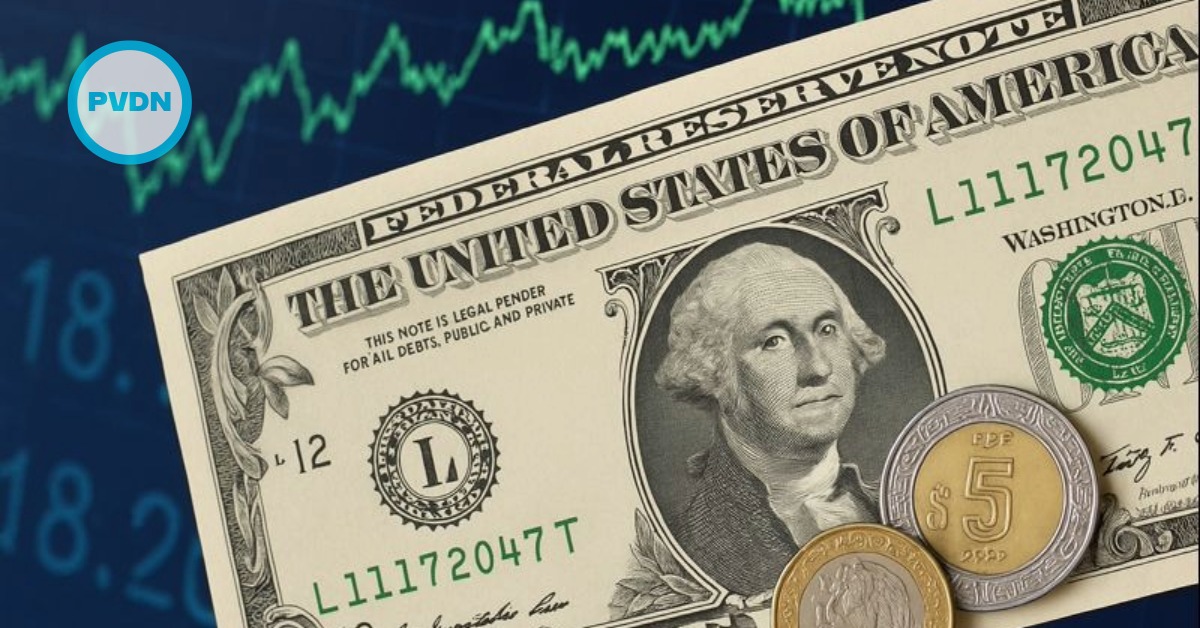Puerto Vallarta, Mexico - The Mexican peso opened Friday’s session with modest gains against the U.S. dollar, buoyed by growing skepticism over U.S. President Donald Trump’s threats to impose tariffs on imports from Mexico and Canada starting March 4. At around 07:35 a.m. local time, the peso traded at 20.40 to the dollar—an appreciation of 0.26%, according to real-time data from Investing.com—partially reversing the 0.3% decline it recorded in the previous session.
